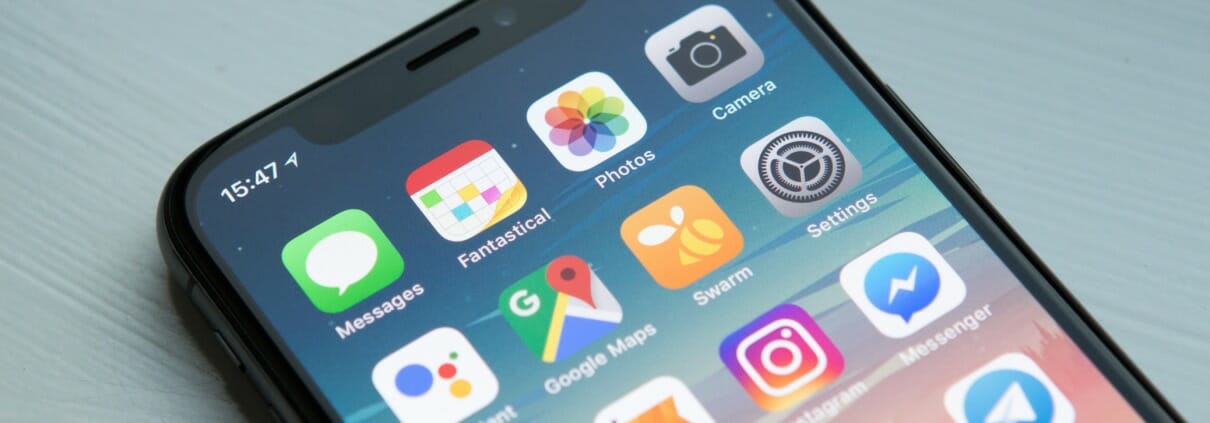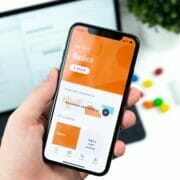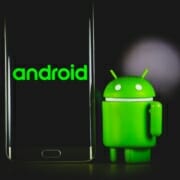How Do Free Apps Make Money
The mobile app market is highly lucrative. In 2021, the mobile app market was estimated to be worth $187.58 billion and is projected to reach $207.53 billion by 2022. According to PRNewswire, the mobile app market witnessed year-over-year growth of 20.45% in 2021 – a clear indication of its potential as an industry.
So, the mobile app market is a productive and high-income sector worth considering. Today, more than ever, people are turning to mobile apps for almost everything – shopping, communicating, gaming, social interactions, chatting, and even trading.
But how do these apps make money given that 97% of Google Android apps were downloaded for free in July 2022? How do free apps make money if most people download these apps for free?
Freemium vs. Free Trial Apps
The free app market is broadly segmented into freemium apps and free trial apps. Freemium apps allow users to access an assorted list of features for free, but the free trial apps let users interact and access the full functionality of all apps for a limited period.
According to reports, freemium apps have an app conversion rate of 30% while free trial apps may attract up to 50% conversion rates. Either way, these apps end up making handsome incomes for their developers and even founders.
So, here’s how publishers monetize free apps.
1. Paid ads
Interestingly, paid ads are among the leading income-generation strategies today. The same is true for most things, including mobile apps. Free mobile apps leverage paid ads in the following ways:
- CPM – The app developer is paid a certain amount of money for app impressions
- CPC – Revenue is generated based on the number of clicks achieved in an ad
- CPV – Revenue is determined by the number of views per app user
- CPA – This revenue is gained when users directly install the app on their devices or when they purchase products or services directly using links attached or embedded in the app.
So, it’s advisable to subscribe to some paid ads if you’re not charging your app users. However, always remember that when you take the advertising route, you don’t downplay the user experience with excessive ads.
Excessive ads may greatly impair the user experience, thus being counterproductive to your app monetization strategy.
2. Subscriptions
Subscription is the most cost-effective and straightforward way of monetizing an app. Think of any free app, do you pay to access additional features or do you access all features for a limited period? Either way, you end up wanting to pay for a subscription.
An obvious and straightforward approach by app publishers is to give the apps free of charge and then charge subscriptions for users to continue using the service. That means you only get to access the app’s full functionality after you’ve secured a paid subscription.
Tinder, Disney, Pandora, Netflix, Hulu, Twitch, ESPN, and HBO Max are some of the most popular paid app subscriptions globally.
3. Direct selling
Selling merchandise is a proven way of monetizing your app. Most app publishers build or design free versions to sell products such as clothing, apparel, toys, and accessories.
Most of these products are sold through email marketing or sold directly using the app. So, if you’re considering an innovative way to push your new clothing or toy brand, look no further, a free app can be a hidden ingredient to a potent cocktail.
Contact NS804 for inquiries on app costs and app development solutions.

 https://unsplash.com/photos/9e9PD9blAto
https://unsplash.com/photos/9e9PD9blAto








 https://www.pexels.com/photo/person-holding-silver-android-smartphone-50614/
https://www.pexels.com/photo/person-holding-silver-android-smartphone-50614/ https://unsplash.com/photos/GjnNqeafePw
https://unsplash.com/photos/GjnNqeafePw
Leave a Reply
Want to join the discussion?Feel free to contribute!